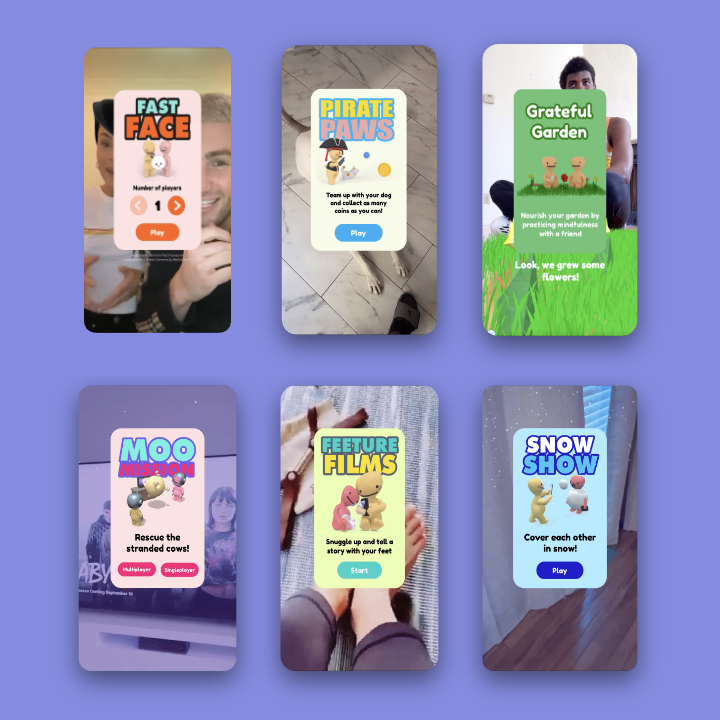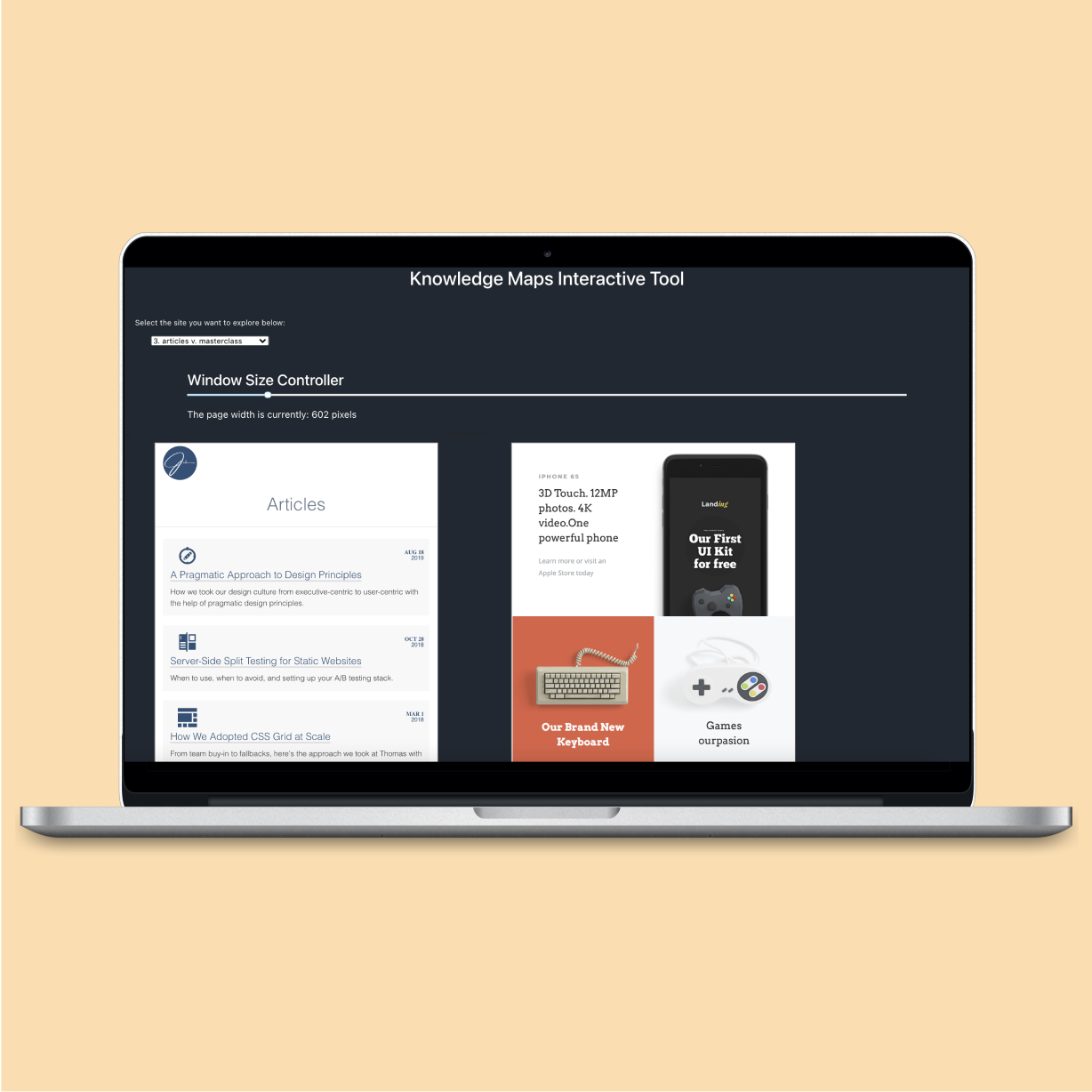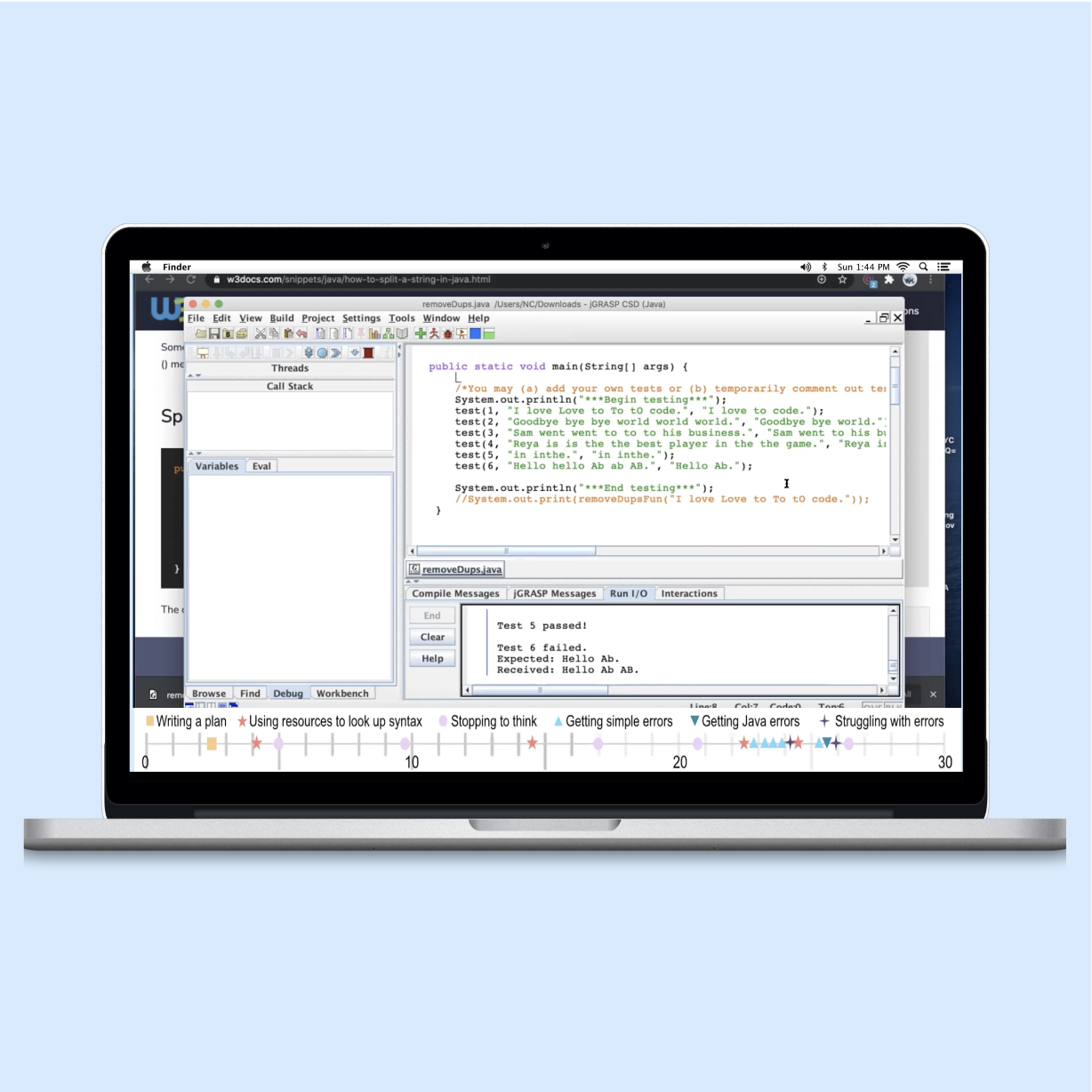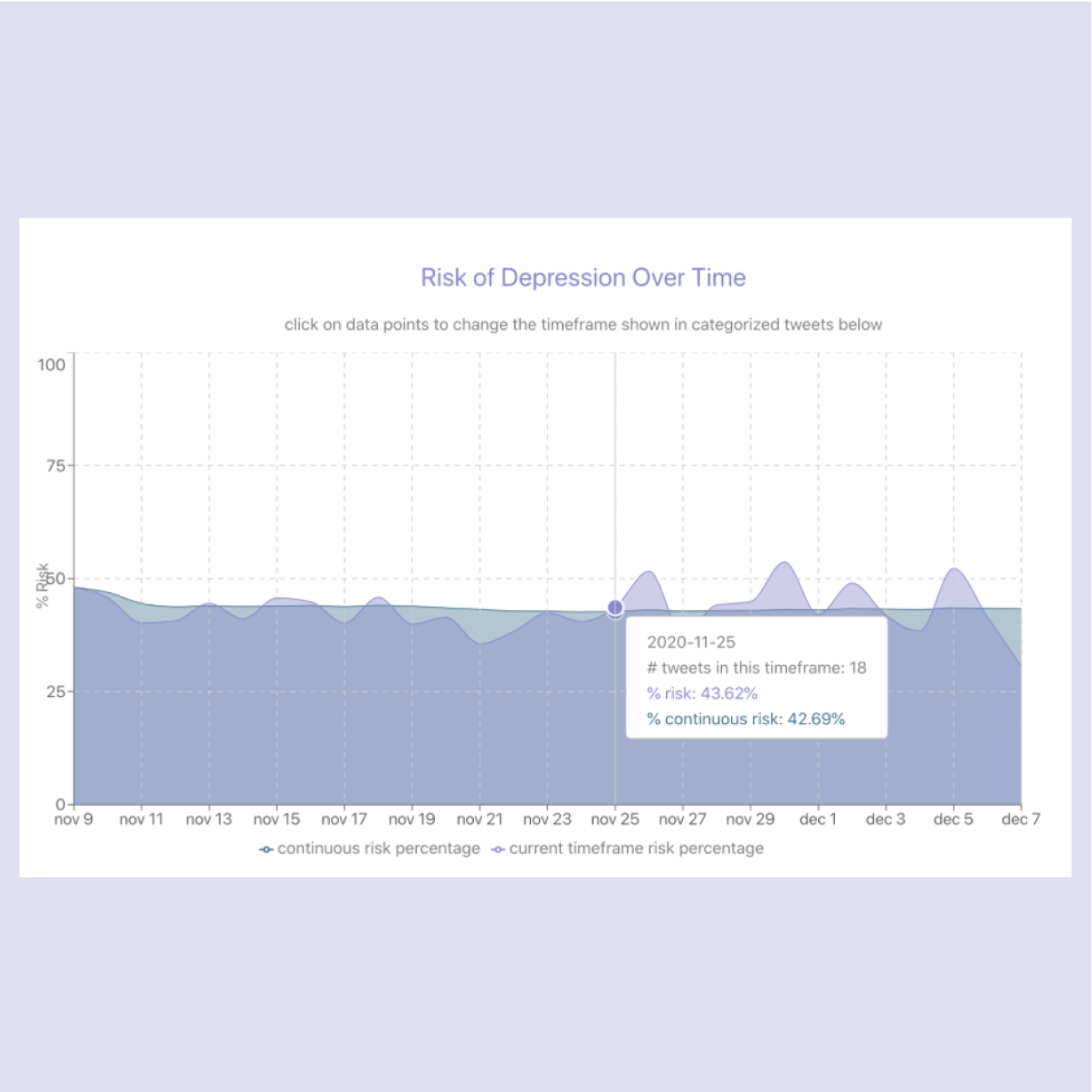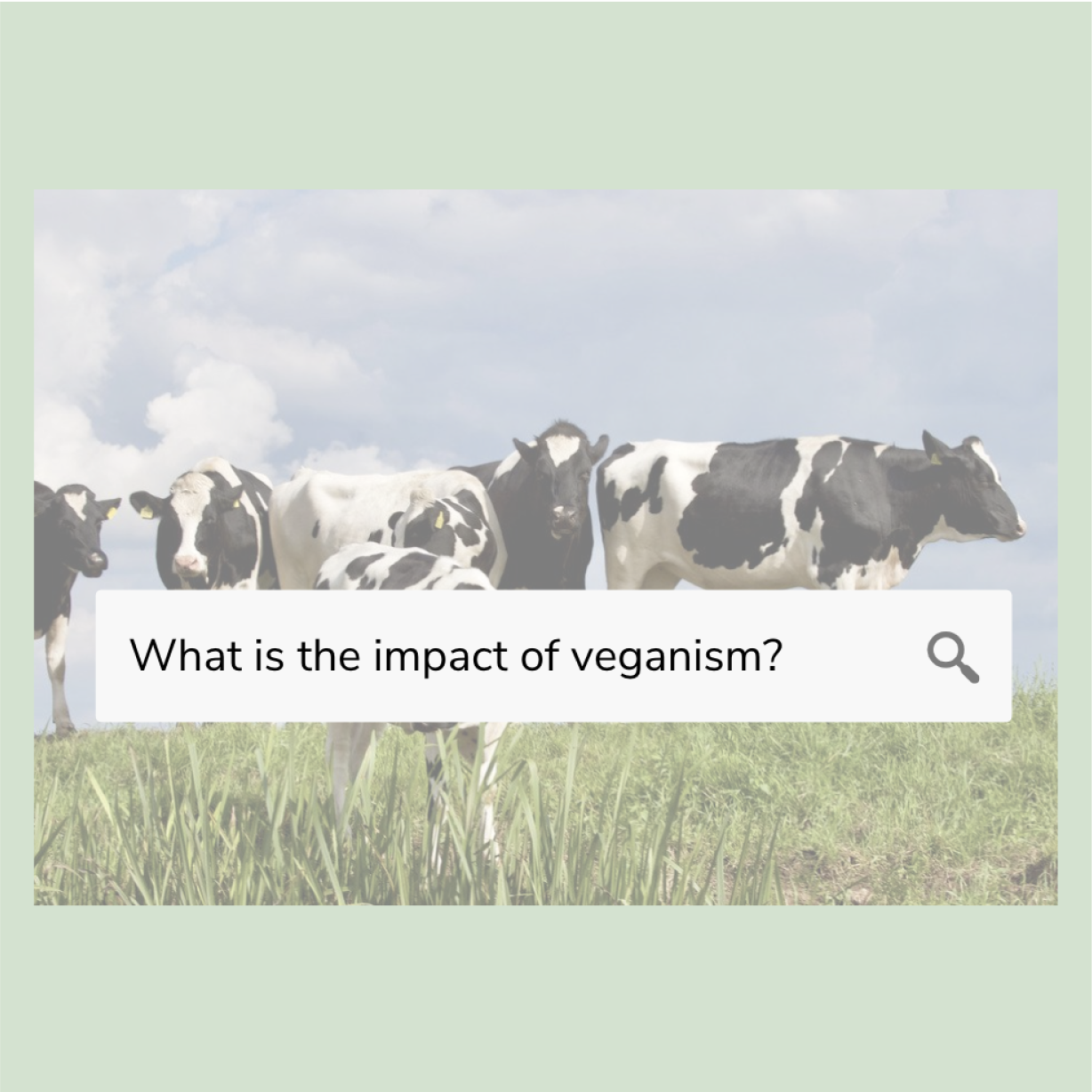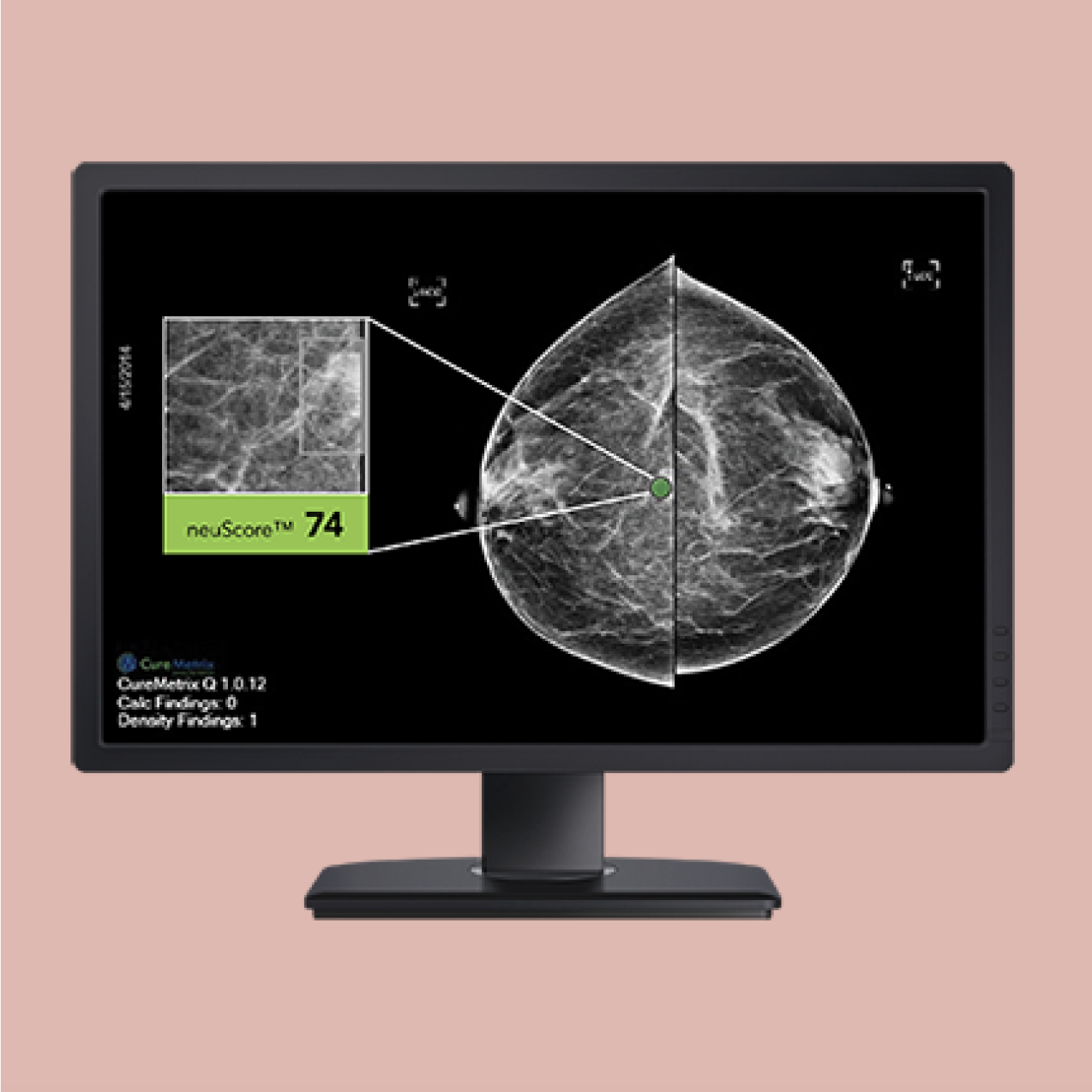PUBLICATIONS & PATENTS
Academic Publications
Project IRL: Playful Co-Located Interactions with Mobile Augmented Reality (CSCW '22)
Dagan, E., Cárdenas Gasca, A. M., Robinson, A., Noriega, A., Tham, Y. J., Vaish, R., & Monroy-Hernández, A. (2022). Project IRL: Playful Co-Located Interactions with Mobile Augmented Reality. Proceedings of the ACM on Human-Computer Interaction, 6(CSCW1), 1-27.
Abstract:
We present Project IRL (In Real Life), a suite of five mobile apps we created to explore novel ways of supporting in-person social interactions with augmented reality. In recent years, the tone of public discourse surrounding digital technology has become increasingly critical
, and technology's influence on the way people relate to each other has been blamed for making people feel "alone together," diverting their attention from truly engaging with one another when they interact in person. Motivated by this challenge, we focus on an under-explored design space: playful co-located interactions. We evaluated the apps through a deployment study that involved interviews and participant observations with 101 people. We synthesized the results into a series of design guidelines that focus on four themes: (1) device arrangement (e.g., are people sharing one phone, or does each person have their own?), (2) enablers (e.g., should the activity focus on an object, body part, or pet?), (3) affordances of modifying reality (i.e., features of the technology that enhance its potential to encourage various aspects of social interaction), and (4) co-located play (i.e., using technology to make in-person play engaging and inviting). We conclude by presenting our design guidelines for future work on embodied social AR.
An approach for detecting student perceptions of the programming experience from interaction log data. (AIED‘21)
Gorson, J., LaGrassa, N., Hu, C. H., Lee, E., Robinson, A. M., & O’Rourke, E. (2021, June). An approach for detecting student perceptions of the programming experience from interaction log data. International Conference on Artificial Intelligence in Education (pp. 150-164). Springer, Cham.
Abstract:
Student perceptions of programming can impact their experiences in introductory computer science (CS) courses. For example, some students negatively assess their own ability in response to moments that are natural parts of expert practice
, such as using online resources or getting syntax errors. Systems that automatically detect these moments from interaction log data could help us study these moments and intervene when the occur. However, while researchers have analyzed programming log data, few systems detect pre-defined moments, particularly those based on student perceptions. We contribute a new approach and system for detecting programming moments that students perceive as important from interaction log data. We conducted retrospective interviews with 41 CS students in which they identified moments that can prompt negative self-assessments. Then we created a qualitative codebook of the behavioral patterns indicative of each moment, and used this knowledge to build an expert system. We evaluated our system with log data collected from an additional 33 CS students. Our results are promising, with F1 scores ranging from 66% to 98%. We believe that this approach can be applied in many domains to understand and detect student perceptions of learning experiences.
Patents Granted
Multi-user AR experience with offline synchronization.
Monroy-Hernández, A., Robinson, A., Tham, Y. J., & Vaish, R. (2022). U.S. Patent No. 11,383,156. Washington, DC: U.S. Patent and Trademark Office.
Colocated shared augmented reality without shared backend. June 14, 2022. Patent Number: 11360733.
Gasca, A. M. C., Peled, E. D., Monroy-Hernández, A., Robinson, A., Tham, Y. J., & Vaish, R. (2022). U.S. Patent No. 11,360,733. Washington, DC: U.S. Patent and Trademark Office.



